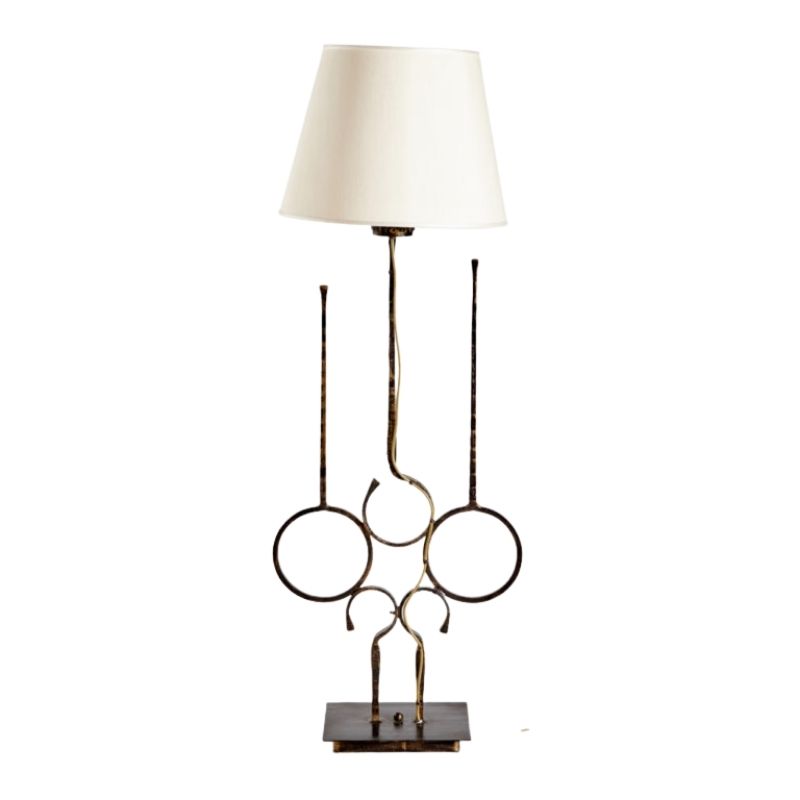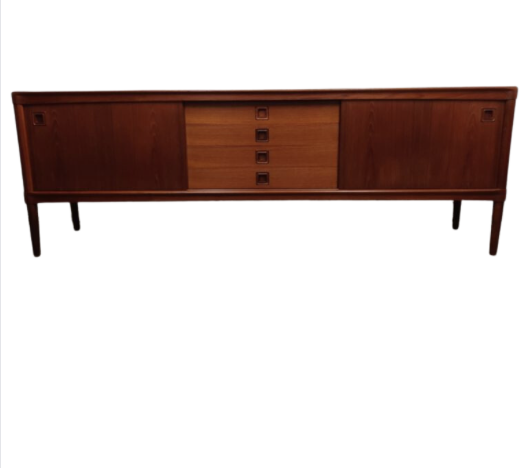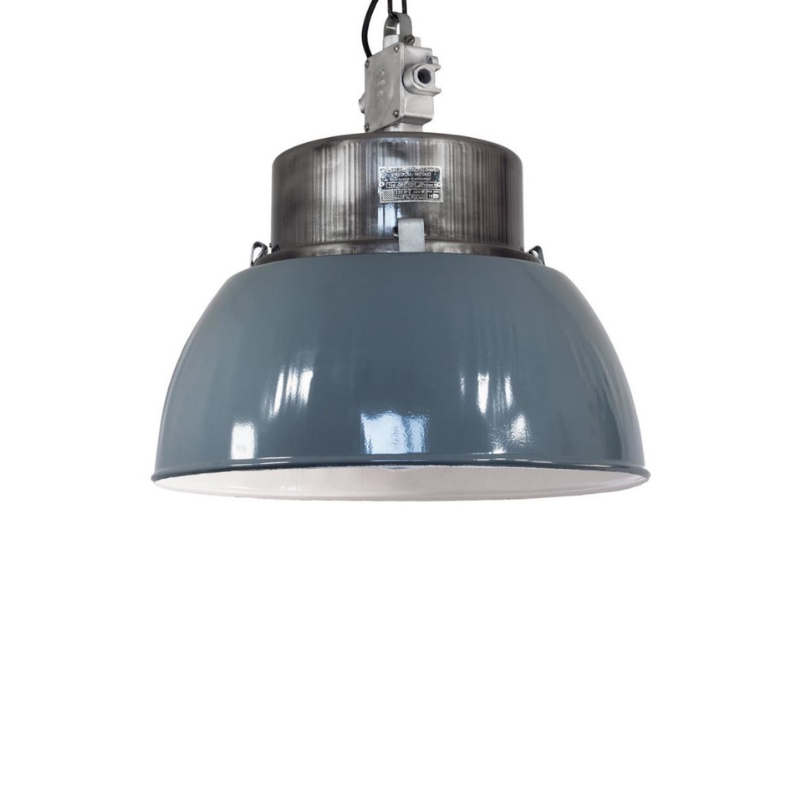Is anyone out there an Ernest Race expert?
I have what I think may be a Cormorant chair prototype (see pics). It seems to have the same shape as the Cormorant chair and in Hazel Conway's book she mentions that the early versions had wooden slats (like this chair) as opposed to the final ply back and seat rests.
Would be interested to know if anyone can help?
Many thanks,
Ben.
Hi Ben
I can nor claim to know more than you do on Ernest Race, and in a case like this the best indications would be the origins of the chair. The Cormorant chair is not that far back in history (1960-1961?)and the different owners of this one certainly remember where it came from.
This being said, on the basis of the pictures I would say yes, it is an prototype of the Cormorant chair. There are a number of good indications. You mentioned the first one already (Hazel Conway's description). I would like to submit a few typical design considerations. If this was indeed an early prototype, one could ask two questions:" Has this prototype the qualities of a well designed chair (one would expect that from Ernest Race)" and "how would a designer like Ernest Race improuve this early prototype?"
My answers on the first question would be yes, for the following reasons.
When designing a chair based on two straight crossed members, as is the case with a number of chairs like this, one always faces the problem of the large angle between the seat and the backrest. Mies v.d.Rohe solved the problem by curving the two members (the seat downward and the backrest forward) reducing the angle substantially. This chair does it also in a very smart way. It keeps the straight lines, but by tapering the two halves from the middle to the floor and from the middle to the top it also creates a surface that reduces the angle between backrest and seat. Neither the seat is nor the backrest is mounted on the straight part of the crossing member but on the tapered part. The result is the kind of counter-intuitive way the slats on the back rest are mounted. Just the thought process one of a professional. I also suspect that the non-professional would not put the attention for detail that you see in changing the angle of the last slat of the seat, the ending of the long members in a well thought out radius etc. In my view this is a serious piece of work. This being said, what would the designer improuve?...
cont.
The first consideration would be functional. In spite of the smart angle reduction the backrest is still too slanted (as you will know after sitting in it). The only way to keep both the crossed straight members and improuving the angle of the backrest is to form a backrest that has a deeper curve in the lower part and a straighter one on top...exactly what is done in the Cormorant chair. The same consideration, plus the fact that the curved front of the seat is not curved enough for comfort, leads to the second change, the shorter front with a seat that extends well in front of the supporting member...again exactly the Cormorant chair.For the last change, to cut a small angle out of the straight side of the crossing members, one has to think back to the late fifties and the perception of "elegance" in those days. Those who remember the asymerical star that was the symbol for World Expo 58 in Brussels (in order to be a real prototype your chair would be dated 1959-1960) it would be an obvious to make that change in order to make such a basic "X" shape more elegant. In my view the Cormarant is really a logical improuvement of your chair and yours is very likely a fine prototype
Thanks Koen!
Koen,
Thank you so much for taking the time to write such a fascinating and informative reply! Your explanation of the possible development from this to the final chair fits perfectly and although very simple, the chair does clearly show that it has been designed with a lot of thought.
The person I purchased the chair from was told it was maybe a Conran prototype when they bought it 4 years ago. However, they had no interest in 20th Century design and it seems so similar to the Race chair. I'll go back to them and see if I can get hold of the person they originally bought it from and see what I can find out....
Many thanks again,
Ben.
If you need any help, please contact us at – info@designaddict.com









